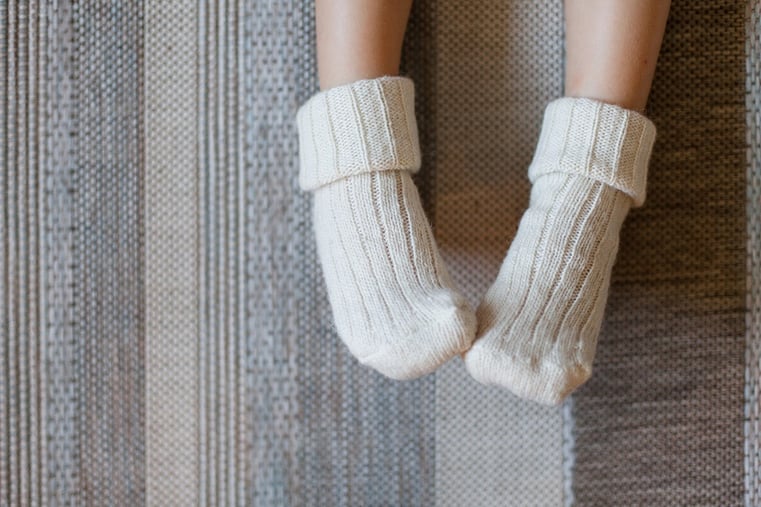When it comes to enjoying satisfactory levels of comfort and efficiency with underfloor heating systems, heat loss calculations play a significant role. Here, accurate numbers don’t just mean that these systems can be designed well - it also ensures that they produce optimum heat in spite of the heat loss that occurs.

While these calculations are just about the same for any heating device, hydronic underfloor heating systems, however, require a tailored approach to measuring heat loss. Curious about how to go about with this?
Our blog this week takes a look. Continue reading to find out!
Set internal temperatures for underfloor heating
Given the efficiency of hydronic underfloor heating systems in comparison to conventional heaters - radiators included - the operative indoor temperature needs to be considered when calculating heat loss.
This is because the air temperature in a room with an underfloor heating system will be lower than that of a room heated by a radiator, without a compromise on the level of comfort enjoyed. This value is anywhere between 1˚C- 2˚C lower.
Thus, in conditions where there is a considerable difference between the air temperature outside and the mean radiant temperature - such as when underfloor heating systems are in use - heat loss must be calculated using the operative temperature. Here, ventilation losses must be determined based on internal air temperature.
Based on this method, heat loss calculations can reduce anywhere between 6%-12%. In this process, extensive thermal modelling of the room to be heated may be required in order to get an even more precise indication. In this way, hydronic underfloor systems prove to be significantly more energy-efficient and cost-effective compared to other heating technologies on the market.
Floor and downward heat loss with hydronic underfloor heating
When it comes to heat loss specific to these types of systems, downward heat loss is a considerable factor. This refers to the loss of heat through the floor. In order to circumvent this, property owners are required to insulate the floor which hosts hydronic underfloor heating systems. In this regard, steps need to be taken to ensure that heat loss no greater than 10% takes place in this process.
Here, it may also be pertinent to inquire about any insulation standards and regulations in place. These could apply to all levels of flooring, spanning ground floors, intermediate floor, hydronic underfloor heating systems or electric underfloor systems.
When calculating the heat loss of a room, it must be remembered that as heat moves from a hot place to a cooler place, heat is not lost beyond the underfloor heating pipes. Thus, calculations should exclude any heat loss fitted with the use of heating pipes.
That being said, in instances where a floor is only partially heated, the heat loss through the unheated areas must be calculated as well. Further, in the process of calculating ground heat loss, the perimeter of the heated area must be deemed to be one pipe’s worth of space, beyond the outer pipes of the system.
The effect of room volume on heat loss
Another factor that needs to be considered when calculating heat loss for hydronic underfloor heating systems is room volume.
In this regard, high-ceiling areas and other cavernous spaces tend to drive heat loss values up, requiring increasing levels of internal heat in order to achieve comfort. Given that underfloor heating systems are based on the principle of radiant heating - and are deemed to be highly effective heaters - this consideration does not usually pose a problem.
Key takeaways
Underfloor heating systems remain among the most popular heating solution for modern residential and commercial spaces.
In order to enjoy the unparalleled comfort, efficiency, and cost savings these systems promise, therefore, heat loss calculation figure an important role in the pre-installation process. By getting these numbers and values right, property owners can ensure that they enjoy the most return from their system - completing the payback period faster than previously anticipated.

